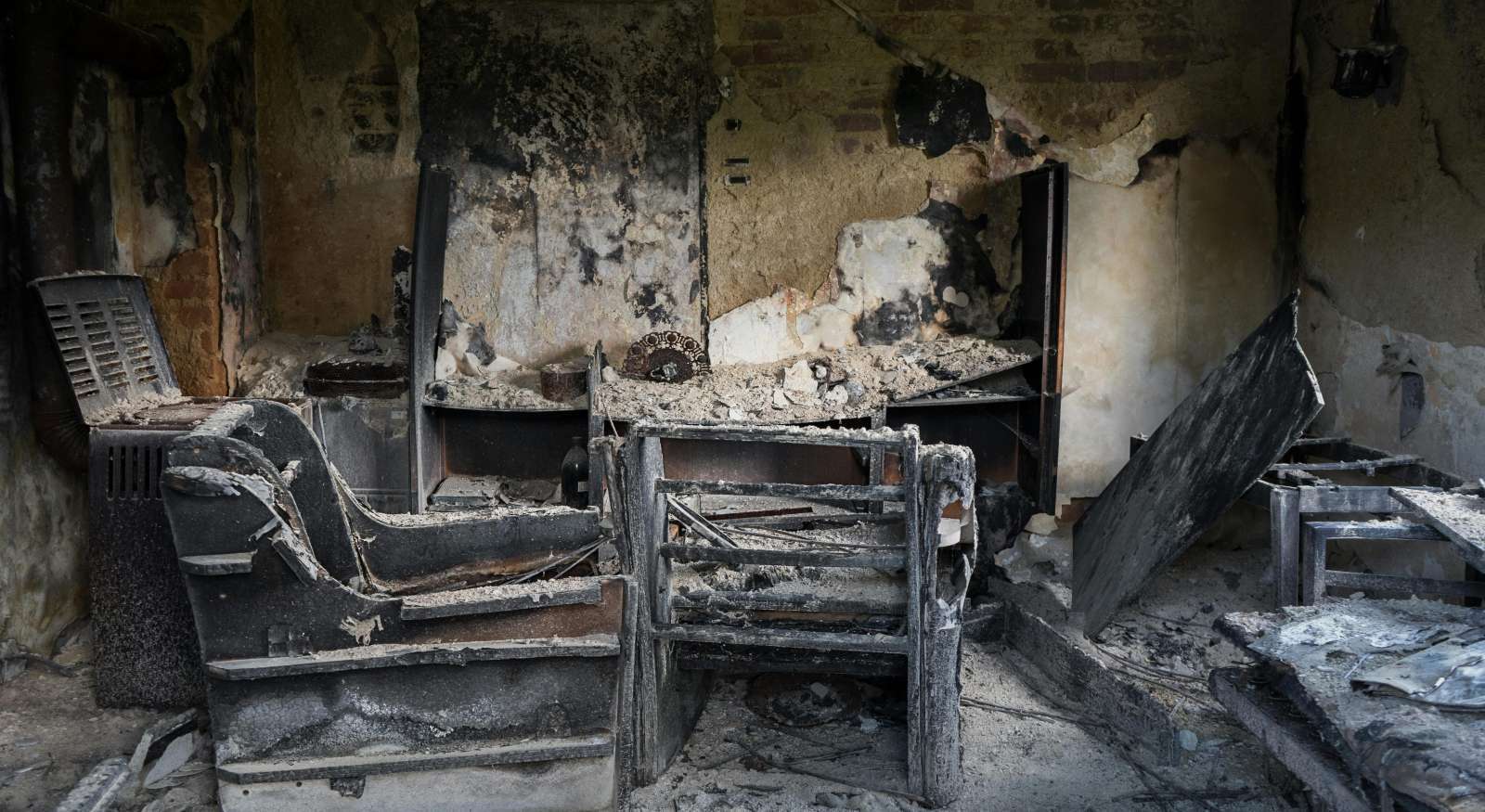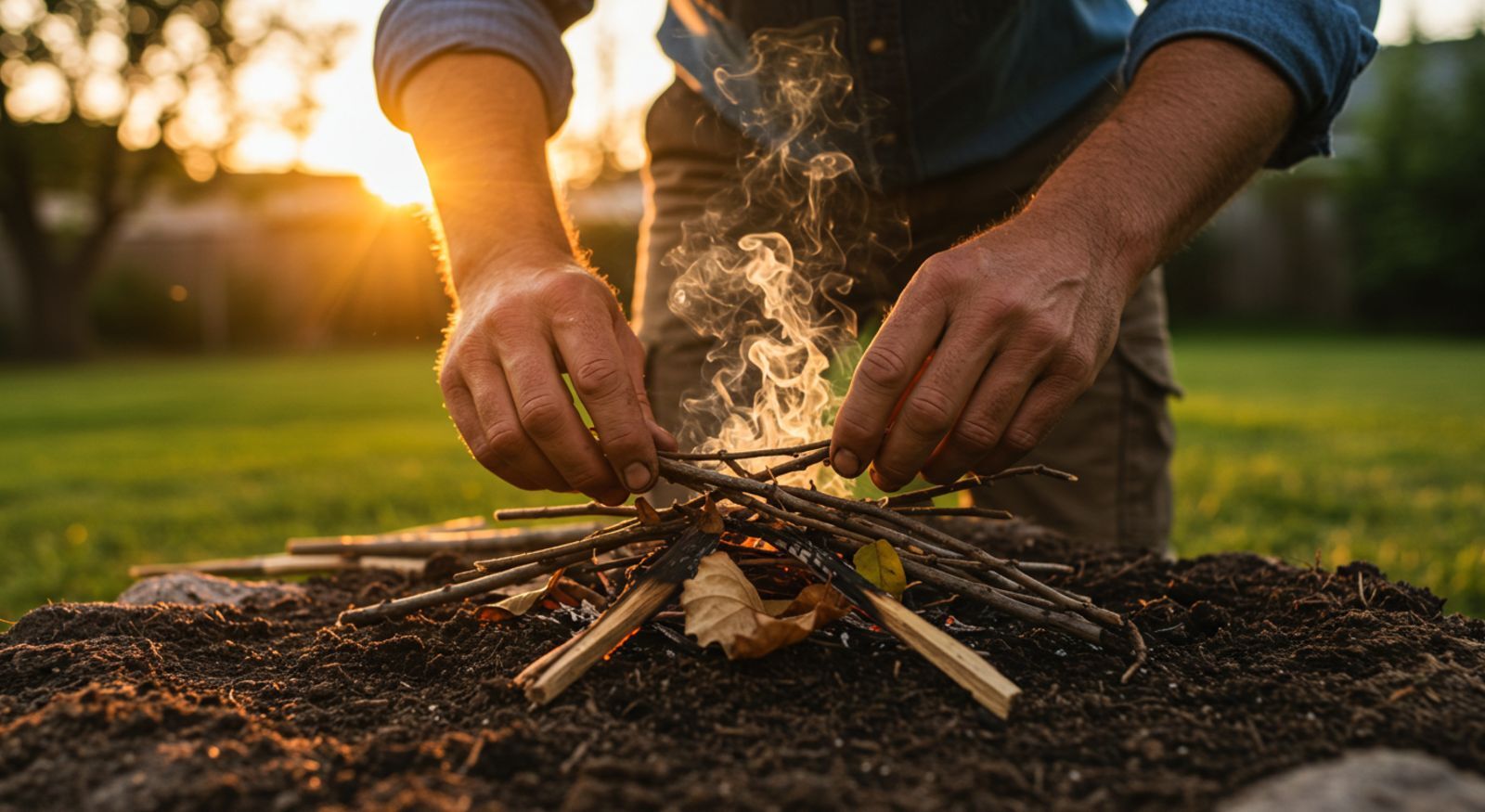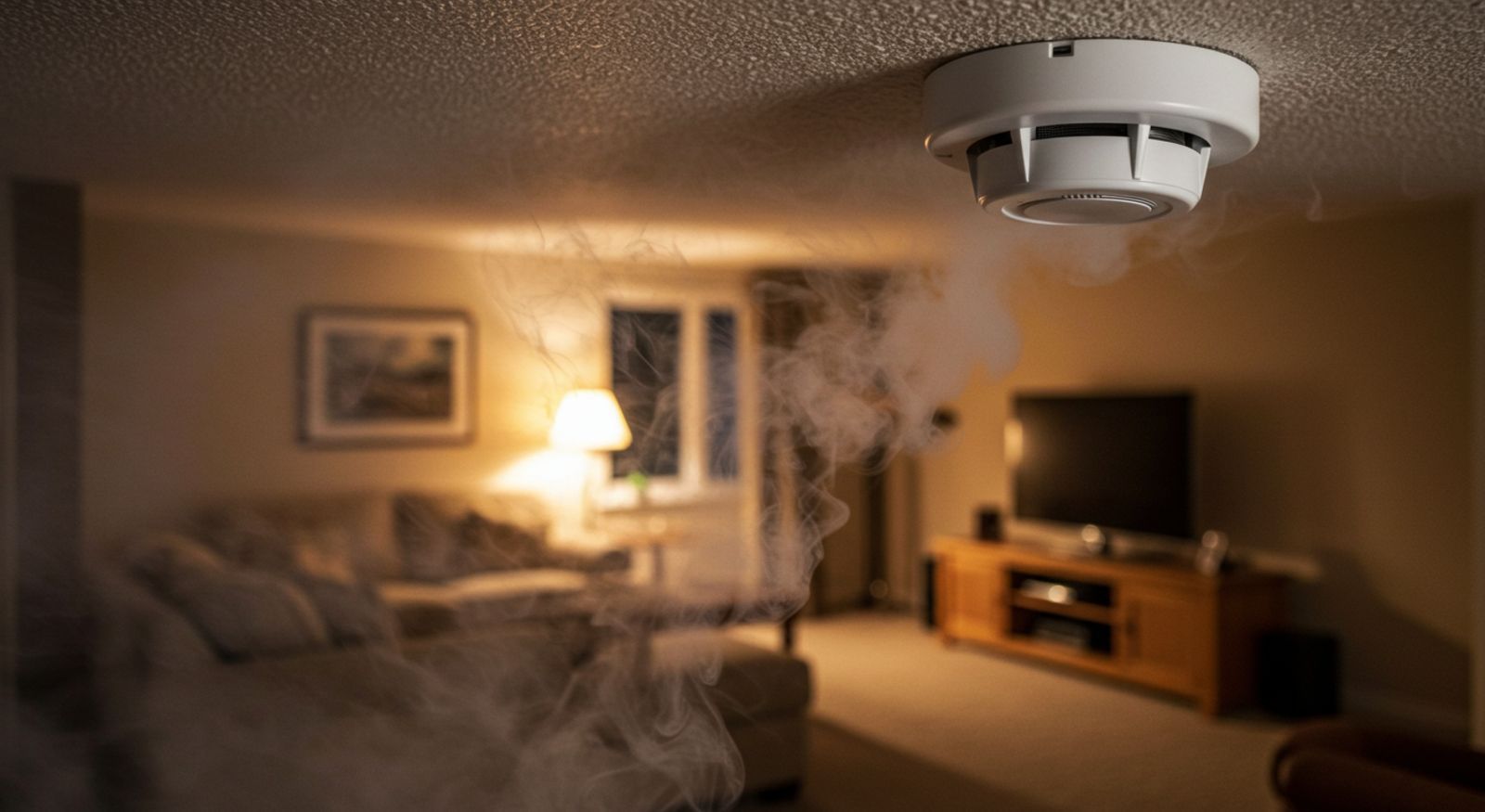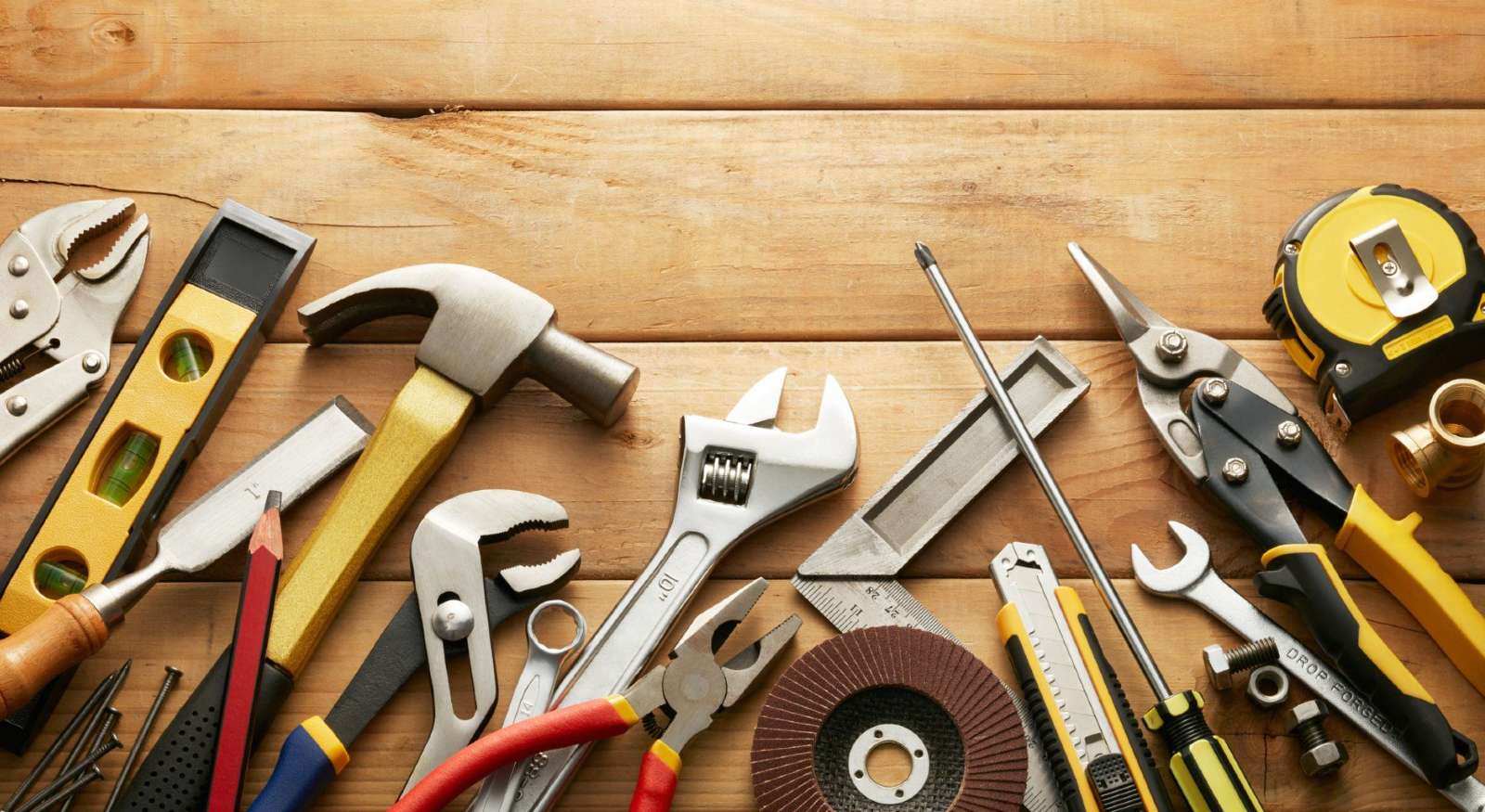Fire damage restoration: Our billing process at Restore-It
September 20th, 2024
4 min read

Fire damage restoration is a very complex endeavor that can impact your life emotionally. On top of seeing your house and personal objects affected by the flames, you must also deal with the bureaucracy of filing your insurance claim once the fire is extinguished. And knowing very little about how the billing process works can worsen an already stressful situation.
While this journey can seem daunting, with over 50 years of experience in the business, we are familiar with the ins and outs of dealing with insurance companies. As a firm certified by the IICRC with over 50 years of experience in the restoration business, we are well-equipped to answer all your questions and concerns.
In this article, we will teach you more about the billing process: From the initial inspection to the final payment. By making things more transparent, we can empower you as a homeowner to make informed decisions and ease some of that stress. So, let's break down this process together so you can have a smooth journey to a fully restored house!
The typical fire damage restoration billing process at Restore-It
While the type of house fire will determine the specific treatment and equipment used during the restoration, this process involves a fair amount of paperwork. With that in mind, we made a small step-by-step guide for the fire damage restoration project at Restore-It:
Step 1. First inspection
Once you contact us, we will dispatch our technicians to visit your home. They will inspect the house's exterior and interior to verify the extent of the damage. This process involves documenting the areas affected by the fire, smoke, soot, and water (from the firefighting efforts).
It’s worth noting that the inspection has a cost and will be included in the bill as our "emergency service fee." This payment can be credited once you choose us for your home's fire damage restoration project.
Step 2. Initial estimate and authorizations
Once we have all the necessary information, we will create a detailed initial estimate by inputting the data into the software program Xactimate. Afterward, you will get two documents: a work authorization form and a general price list. The authorization form will grant permission to our technicians to work in your home. Meanwhile, the list includes all the tasks that may be found in your final bill: the services, equipment, materials, extra costs, and stipulations on the payment terms.
It's worth noting that this is only the initial estimate, and changes in the bill may occur later. For instance, we sometimes find structural damage underneath the building materials during the removal phase of the restoration. In general terms, the estimate is a living document that changes with time, adapting to reflect your home's particular situation.
Step 3. Contract approval
The insurance adjuster will verify the damage and approve or request modifications in the scope of the work based on your specific insurance policy coverage. We strongly recommend reading your insurance policy to determine what tasks you are entitled coverage for.
Remember you must pay out-of-pocket expenses such as your deductible or any upgrades. The deductible depends on your premium and is a fixed amount or percentage based on the total estimated cost of your house. On the other hand, upgrades refer to improvements made to the quality and price of the materials for the restoration project. For example, suppose the fire damaged your wooden kitchen counter. But, instead of replacing it, you renovate it with a marble countertop. This change will be considered an out-of-pocket expense you must deal with.
Step 4: Fire damage restoration starts
After you and the insurance company agree on the extent of the work, we will begin the restoration work. Depending on the case, this might start by addressing the water damage left by the firefighters to extinguish the flames. Water extraction, drying, and dehumidification will be a part of this phase. At the same time, fire restoration will be conducted, addressing the soot, smoke, and any damage the fire leaves. Starting these processes as soon as possible is vital to prevent further damage to your home and personal property.
Throughout this complex process, we will document everything and provide regular updates on the work's progress to you and, if you let us, to your insurance provider. During this phase, the invoice will be updated to reflect any new tasks necessary for the project's success or if the scope of the work changes.
Step 5: Dealing with damaged objects
Because of its abrasiveness, soot can damage many objects in your home. When they are too damaged to be cleaned, we put them on a list of non-salvageable items. With this list, you can negotiate compensation with your insurance company.
On the other hand, thanks to our specialized equipment, Restore-It can remove soot from most of your objects unless the integrity is compromised. This includes soft contents (things like clothing, rugs, carpets, etc), electronic equipment, and hard-surface objects. In those cases, we will include the cleaning in the bill.
Step 6: Final inspection
Following the end of the restoration work, we will do a final walkthrough with you to ensure everything is up to the highest standards. While we take great care in our work, we will reimburse you should we accidentally damage your property. After everything is said and done, we want you to feel satisfied.
Step 7: Final invoice
Once we confirm that the job is done, we will invoice you for the cost of the fire damage restoration project. This invoice will also be sent to your insurance company for review and payment. Should you have any concerns or doubts, we will be glad to answer them.
Step 8: Payment terms and collection
When you choose us for a fire damage restoration project, you will have 30 calendar days to pay the total amount of the final bill. Failure to comply with the deadline will result in a 1% late fee up to 12% a year based on the total amount of the bill. Also, any out-of-pocket expenses (including deductibles and upgrades) will be billed to you.
Now that you understand our standard billing process, you should be able to effortlessly tackle your fire damage restoration project like an absolute pro. All that's left is for you to reach out to us so we can give you an estimate and get started on restoring your home.
Topics:




















